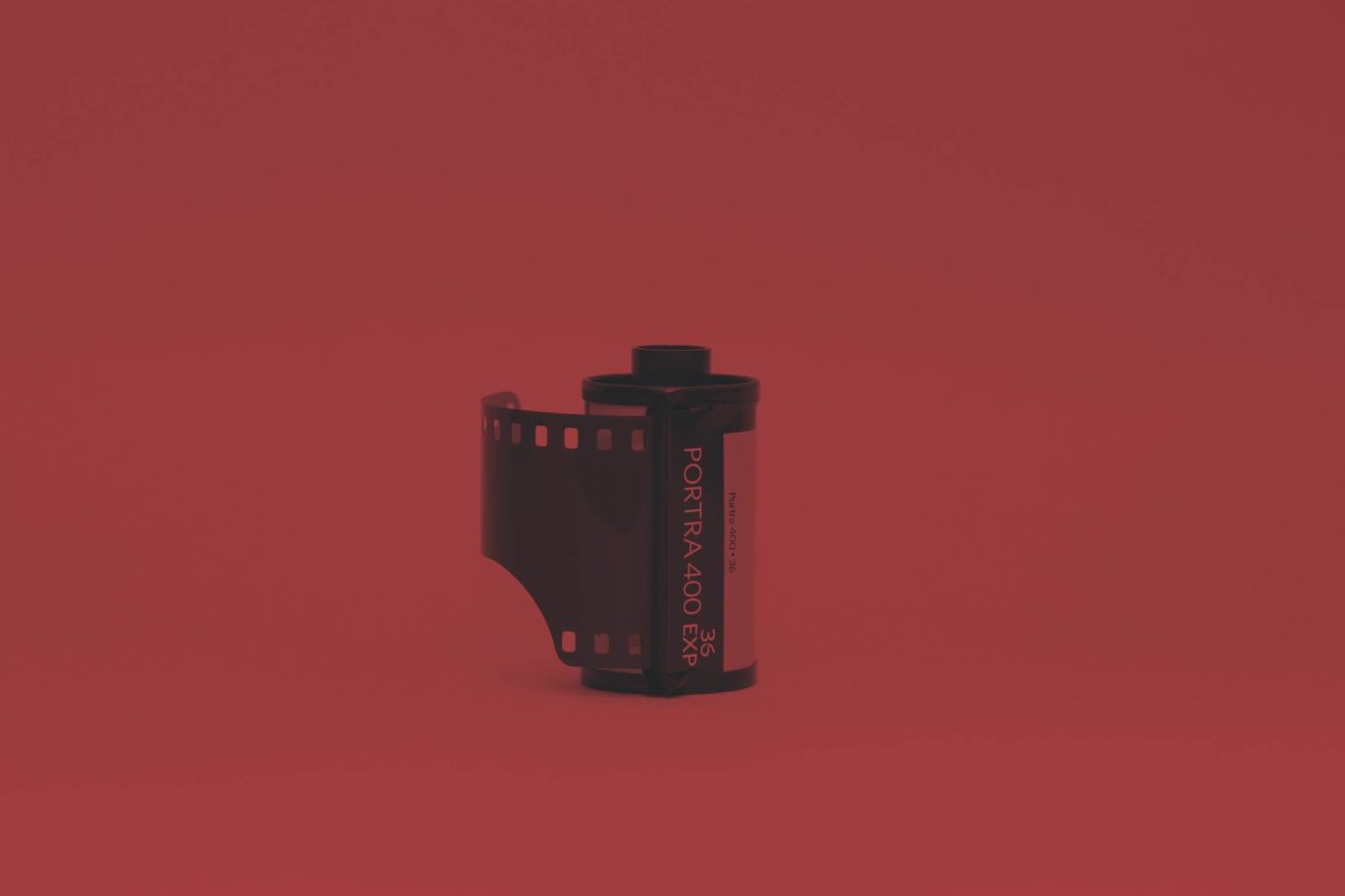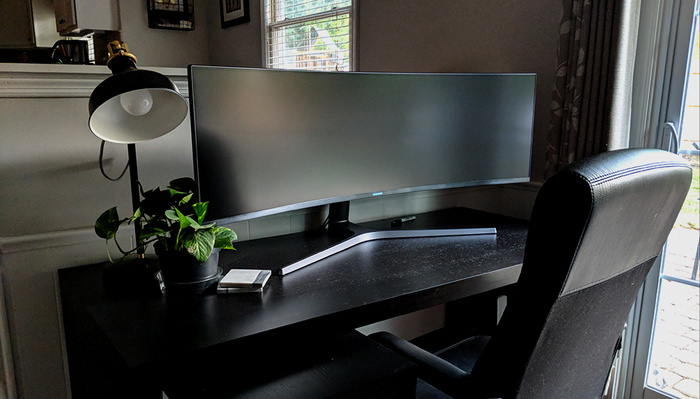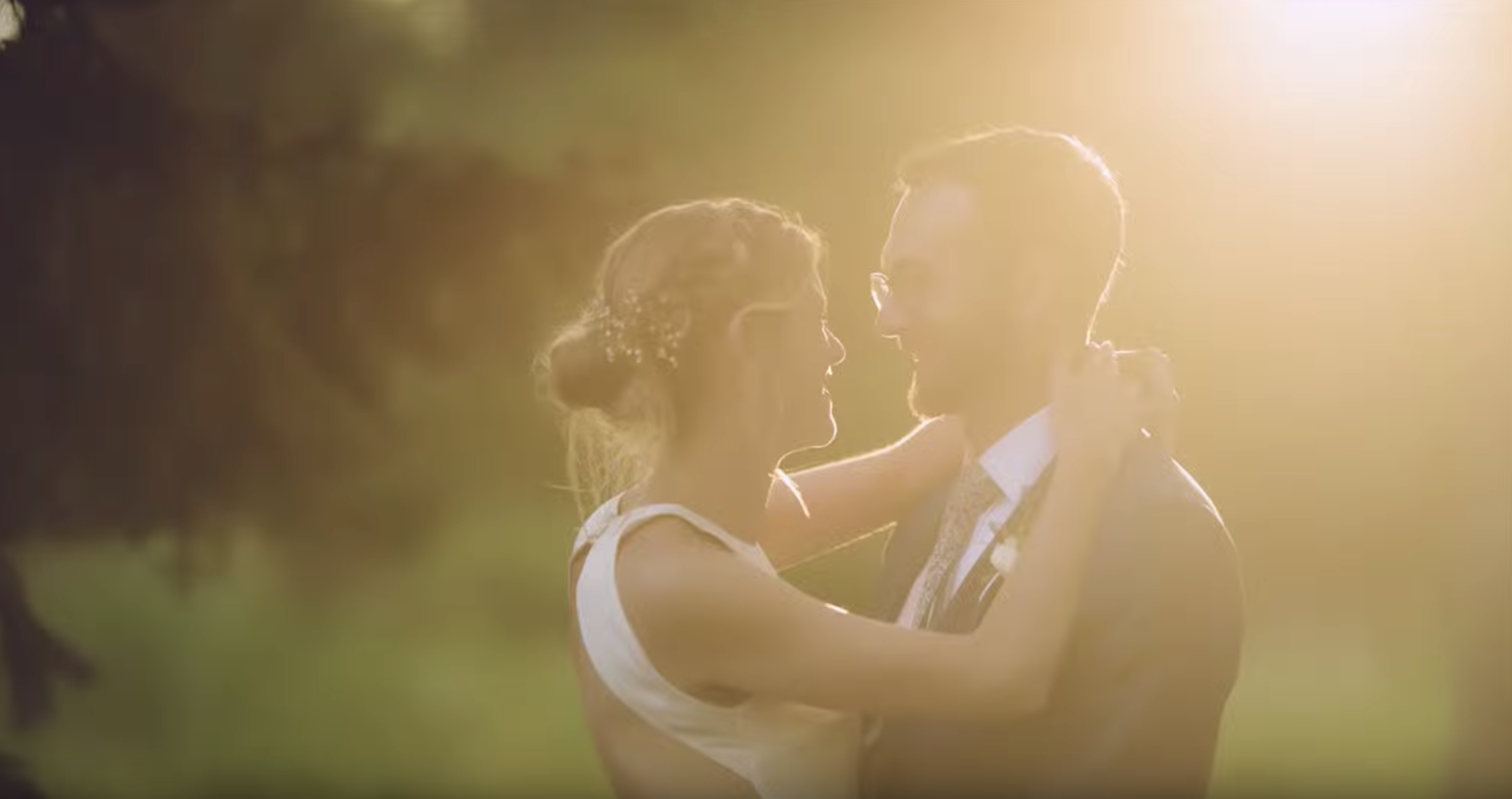This is by no means the be all end all of ways to get into photography. But we’ve seen alot of guides out there that don’t cover aspects of starting a Photography Business that we thought were crucial to the process. So we thought we would write one that we felt proud of. So we present it to you here.
We’ve all been asked this question, and we wanted to give you a nice simple link that you could send to the people asking, and arm them with information we feel is good. With that being said, take a look. Read it from beginning to end, and help a photographer get started the RIGHT way!
Step 1: Know your gear, inside and out BEFORE you start accepting money.
Know the exposure triangle. If you can’t compose and expose properly, “P” Mode isn’t going to save you. There are a ton of free resources to help you on your way, but the first resource (and the most underutilized resource ever) is your Cameras Owners Manual. If you intend to shoot anything except still life images, knowing EXACTLY where your aperture adjustment, shutter speed adjustment and ISO buttons are, WITHOUT taking your eye out of your viewfinder, is essential. Without the basic camera skills, you are doing both yourself and soon to be clients a grave disservice.
If you are going to be shooting professionally, you need back ups for the gear you have. A few Essentials: 2 Camera Bodies. A wide angle Zoom (i.e. 24-70mm f/2.8), A telephoto zoom (i.e. 70-200mm f/2.8) and maybe one or 2 prime lenses (i.e. a 50mm and an 85mm) and some type of Speedlight or Strobe (I.e. Canon 580EX or Nikon SB-910) but this would be a good place to get to gear wise so you are convered for any shooting situation with the right gear.
A resource we highly recommend is Bryan Peterson’s book “Understanding Exposure”. It is a must read for newer and more experienced Photographers alike, and will get you on the right path to making better images.
Here’s a link on how to meter: https://shuttercliq.com/listings/metering-what-is-it-and-how-to-do-it/
Here’s a link on the different Camera Modes: https://shuttercliq.com/listings/manual-aperture-priority-and-shutter-priority-what-when-and-why/
Here’s a link on the Exposure Triangle: https://shuttercliq.com/listings/iso-shutter-speed-and-aperture-huh/
Here’s a link with some recommended reading: https://shuttercliq.com/listing-category/the-shuttercliq-bookclub/
Step 2: Get Legal in every which way.
Not a glamorous topic. We know. But it’s FAR more glamorous than losing EVERYTHING to a lawsuit!
Far too many people are out there operating on a handshake and without a Tax ID, or a legitimate business set up. And if you want to be serious about the BUSINESS of photography, you need to have at minimum: A company, setup with your state/province, proper contracts that protect both yourself and your clients, your Tax ID, (you ARE required to collect income taxes and remit them as per the laws of your area), Liability, Business and Gear insurance. Organizations like the PPA and PPOC amongst others have engaged in partnerships with insurance providers to get you discounts on insurance that more than make up the difference in your annual dues. As they say in that credit card commercial, “Membership has its privileges”
Simply put, get in touch with your State/Province and do the right things. Also, get yourself some airtight contracts to operate with. Too many businesses have gone down the tube because they didn’t protect themselves and we don’t want that to happen to you.
There are a couple of Examples of contracts here, but get them checked over by a qualified legal professional. Not your brother who did a year in law school.
You also need to know your true cost of doing business before you start. So here’s a link that will help you establish your daily cost of doing business so you can start by being profitable. http://www.nppa.org/professional_development/business_practices/cdb/cdbcalc.cfm
With those two steps out of the way it’s on to step 3:
Step 3: Learning to Do Great Post Processing.
It’s hard to know that you have underexposed and over processed the heck out of an image when your Mom and Dad, and BFF say your shots are “amazing” so its time to invest in tools that will make your editing better and faster. Do you have an image editing program that’s not an online one? Adobe Photoshop Elements, is very capable, and inexpensive, and should be the minimum you are using. PicNik is going buh-bye and that’s about the best thing that could happen for millions of Photographers around the world who have been butchering images since its inception. Heck even Adobe Lightroom 4 is only $149 to buy and that program rocks! But you need to learn to post process to get the most of your images. The film guys had to learn darkroom techniques, and there was no shortcut there, and just because it is digital image capture now, doesn’t mean that the art of post processing has to end. In fact it got even more technical. But all we’re saying is invest some time in learning the tools of your trade. AdobeTV gives you all kinds of awesome tutorials along with 10’s of thousands of other websites.
Also, we offer our sincere thanks to Trevor Dayley of Trevor Dayley Photography, for pointing out that we omitted the IMPORTANT subject of properly backing up your images on at least one External Hard Drive AND Online somewhere. If, heaven forbid, something happens to one set of your images, your clients aren’t left hanging in the breeze!
Step 4: Deciding your specialty.
You could be shooting Landscapes, Newborns, Wedding, Seniors, Corporate Headshots, Architecture and many many more types of images. But have you ever noticed that Doctors and Lawyers pick a specialty? They do this because they can’t be experts at everything. Photography is a demanding discipline that requires a TON of skills and knowledge and being a generalist doesn’t serve you or your clients at all. Some of the most successful photographers on earth decided on and focused on a specialty or two early on in their careers. This can only help you become better at your chosen field and make you a better photographer. This is not to say that you can’t add or change things as your business evolves. But make no mistake, being an expert at anything, takes time and practice.
Step 5: The “Test” and Lunch!
Take your favorite 20 images. Find someone local, whose work your respect, and that you’re NOT friends with, and email or call them and invite them out to lunch (on you) and explain that you really admire what they do, and are considering getting into the photography business but you wanted THEIR feedback on your images and business plan before doing so. This could end up going a few ways. Either the pro says “you’re not ready yet.” or they say “You’re doing great!”. If you get the “You’re not ready yet” ask why? Get to the heart of the matter! It could be simply that this person wishes no more competition in town. IF that’s the case, find another one, and do it again. If you keep getting the same answer of “You’re not ready.” Don’t give up! Get better. These pros are going to be impressed that you’ve followed steps 1 through 4 when you tell them and they are going to realize that you are DEADLY serious about becoming a professional, and will forget about the business parts and focus on the images. Which is your product!
Step 6: Establishing your Brand.
In Marketing, there is one practice that will allow people to know you. And that is Branding. Your brand will change over time, no doubt. But when you think of iconic brands, typically they have not changed in a long time. Think Golden Arches, the Nike Swoosh, Apple, Coca Cola. We’re not saying that everyone ALL got it right the first time, but the one thing they did do, is find a brand that works and stuck with it until you as a consumer can look at it, and INSTANTLY recognize the brand. I’m guilty of dishing advice I haven’t implemented myself here, but I know from countless examples…I probably should. Have some friends write down what emotions your photography evokes in them, then write down what YOU want to portray. Then hand it off to someone who does this stuff for a living, and let them design some branding ideas for you.
Step 7: Your Website and Facebook/Instagram Business Page.
A website and a Facebook/Instagram Page? Yes, and they need to coordinate!
Here are a few tips on designing a website:
If the template or site is too difficult for you to work out of the gate, SCRAP it and MOVE ON! Make sure before you sign up for anything, that you have the ability to either add, or already have a blog attached. Blogs are money for rising up the Google Rankings. If you can get it, Facebook and Instagram integration on your website and blog can only help you attract and retain visitors. Make sure that you’re able to update your website and/or blog a few times a week. But the BIGGEST thing is if you’re going to post on your Facebook Wall, post it on your blog. Try and be synchronized. You can cover a lot more marketing without having to generate new content this way.
It’s important to show off your personality on both your Facebook Business Page and on your website in your choice of images and graphics. Keep the personal updates for your personal page! No client wants to know you had a rough day, that you’re sick of editing, or that you feel another photographer has copied your style. Keep it separate.
Template and hosting companies you could make use of: https://shuttercliq.com/listing-category/blogs-and-websites/
Using Facebook to better your Business: https://shuttercliq.com/listings/32-ways-to-use-facebook-for-business/
Facebook Marketing practices you should be engaged in: https://shuttercliq.com/listings/facebook-as-a-marketing-tool-boom-or-bust/
Here’s a link to some tips that will help you rise up the Google Rankings with some time and effort.
Step 8: Setting up Vendor relationships.
If you’re going to be making images for money, you had better be ready to deliver professionally printed images, albums, canvases and do it in a timely manner. There are many ways to skin this cat, but one that we love is the folks at SmugMug. They store your images, manage your sales, and have affiliate labs that basically allow the process to take your images from upload to delivery. And on the same topic, who do you get your camera gear from? Are you dealing with a local store that can help you out if something goes wrong? The two biggest online vendors of camera gear in North America are Adorama, and B&H Photo-Video and each of them offer excellent service. We are only advocating that you have a plan if something breaks.
Here’s some vendors we recommend: https://shuttercliq.com/listings/vendors-we-use-and-like/
Here’s some Album Vendors: https://shuttercliq.com/listings/album-vendors/
Here’s SmugMug’s website:
Step 9: Finding Clients that are willing to pay you for your work.
Networking is KEY here! It’s not who you know, it’s who knows you! You could know 10,000 potential clients in your trading area, but do they know you? Practice your 30-second commercial. So when someone asks you what you do, you are not just saying “Oh, I’m a photographer.” Instead say: “I’m __________ and I am a photographer specializing in ____________” and so on and so forth! You don’t have to sell yourself to absolutely everyone, but when the interaction is over, that person should remember you because you made a great impression and they got your AWESOME business card. And make sure you return the favor and ask them what they do. When people remember you they are more likely to book you.
Also, get the “growth” out of your portfolio. Remember those 20 images you showed to the pro? That should be your starting point for your portfolio. Only show your best, and only show what you want to shoot for money. Your personal growth as a photographer is reserved for family and friends ONLY. Not your clients and soon to be clients.
One of the biggest components of being a successful Photographer is sales. Selling yourself, your company and your products is one of the most important skills you can have. So learn how to sell. Learn why people buy. And most of all learn what your weaknesses are and fix them!
Here’s a link to an article that will begin to teach you how to sell: https://shuttercliq.com/listings/selling-you-need-to-learn-how/
Here’s a link to an article discussing the psychology of sales: https://shuttercliq.com/listings/the-art-of-selling/
Here’s a link to a few sales bibles you can use to get better:
Step 10: Persevere! Never Stop Trying!
It’s so easy to get discouraged when a session goes badly, or someone rips on your images. But anything worth doing well is worth working at. And if you put some of the practices discussed previously in place, you’re setting yourself up for a greater chance of success than failure, but only if you work hard. There’s no fast track to success…regardless of what all those self help books say. There’s hard work and more hard work. And that alone will guarantee success.
Best of luck on your journey! We are here to support you and help you make good decisions that hopefully will benefit you. Let us know how you’re doing in business and what we can do to help!









Thanks!
Thank you for this informative article.
You are right that starting a photography business has never been easier and it has never been more profitable. To start photography business does not need to be something to be afraid of. Instead it is something that we should all strive for. With the right people in your corner to help guide you through making decision that you didn’t previously know how to make.